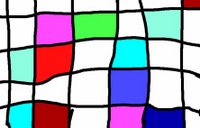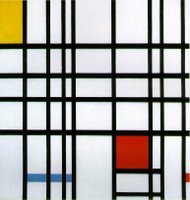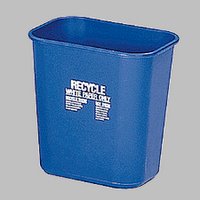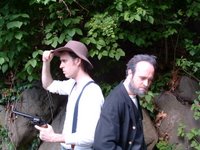Are You Smarter Than a Fifth Grader?
 Basic rules
Basic rulesThe teacher comes up with five social studies categories. Such as American History pre 1877, World History, Nebraska History, Government, American History post 1877, and Geography.
The teacher then comes up with five questions for each category. The questions should be ranked from 1-5, one being the easiest and 5 being the hardest. The idea is that the leveled questions represent the grade level.
Divide the class into groups of 4-5 students. Have a group pick a category and a grade level. The teacher then reads the question. All groups answer the question on a piece of paper. When all have the answer written; the teacher has each group read their answer. Then the teacher gives the correct answer.
Points are given for the correct answers written. If the question was a 1st grade level one question, one point is given, if it is a 2nd grade level question the team gets 2 points, and so on up to the 5th grade, 5 point questions.
When all categories and questions are answered, the teams’ points are totaled and a prize (such as a juice box) is given to the winning team.
Sample Categories and Questions:
American History pre 1877
5. The Revolutionary War and the Civil War both ended in battles in this state?
4. What are the first 4 words in the Constitution of the United States?
3. Which is the largest tribe of Native American’s in the U.S? Sioux, Navajo, Cherokee
2. What 2 states are mentioned in the song “This land is Your Land”?
1. What is Christopher Columbus’s home country?
Geography
5. What is the only U.S. State that shares its border with only one other state?
4. If the geographic coordinates for New York City are 40◦ N, 74◦ W, which is the latitude?
3. The Pacific is the largest ocean. What is the smallest?
2. The longest mountain range is on which continent?
1. Is Mount Rushmore in North or South Dakota?
American History Post 1877
5. Where did Martin Luther King, Jr. deliver his famous, ‘I Have a Dream’ speech?
4. As of 2009, how many presidents has the United States had?
3. What year did women win the right to vote in the United States?
2. How many red stripes and how many white stripes are on the American flag?
1. Which city has the most skyscrapers?
World History
5. What are the two colors of the flag that represents the United Nations?
4. What cities did the United States drop atomic bombs on to end WWII?
3. In 2009, what country in Africa became known as a safe haven for pirates?
2. What area of the earth is known as the “birthplace of civilization?”
1. What is the name of the Spanish conquistador who destroyed the Aztecs?
Government
5. Who wrote the Declaration of Independence?
4. How long is a Supreme Court Justice nominated for?
3. What is it called when you make a permanent change to the constitution?
2. The first ten amendments to the constitution are known as what?
1. What are the three branches of the American government?
Nebraska History
5. In what years did the Nebraska Cornhusker’s football team win national championships?
4. How many counties are in the state of Nebraska?
3. What Indian chief’s case went to the Supreme Court that ruled that Indians are people?
2. Who was the famous author of “O Pioneers” that was from Nebraska?
1. What year did Nebraska become a state?
--Clint Lewis





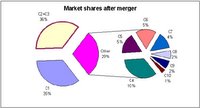



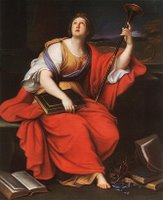


 Students can work by themselves or in groups of 2-3 people.
Students can work by themselves or in groups of 2-3 people.






